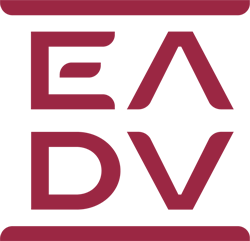EADV Congress plenary lectures
INFORMATION ABOUT THE CONGESS 2026 WILL BE PUBLISHED SOON
Plenary lectures serve as flagship sessions featuring beacon keynote talks delivered by leading authors, scientists, and clinicians. These showcase lectures are featured on key days as high-profile events of the programme.
PARIS 2025: Plenary session with keynote lecture
Wednesday, 17 Sep, 17:45 - 19:00 CEST
Plenary lectures A
Room: Paris Nord
Date: Wednesday, 17 Sep, 12:00 – 13:00 CEST
Chairs
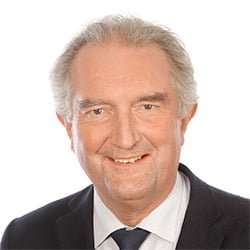

Martin Röcken
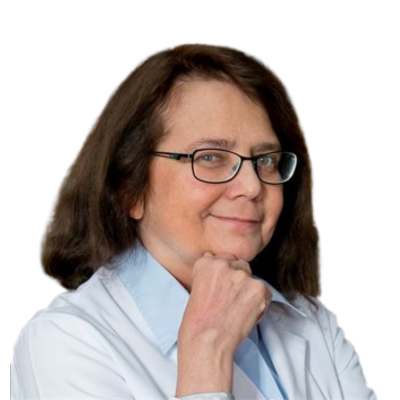

Lidia Rudnicka
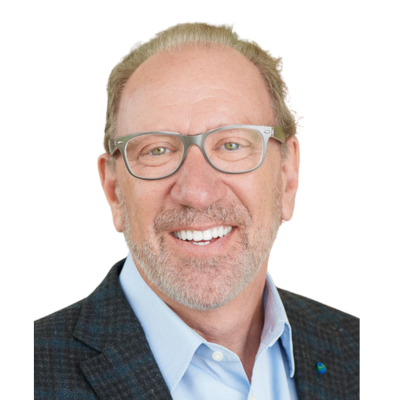

Crosstalk between skin, gut and brain
Richard L. Gallo, United States
Talk description
Dermatologists recognize the many connections between skin disorders and systemic diseases. In this presentation, we will explore recent discoveries that shed light on how stress affects the skin’s ability to fend off bacterial infections. We will also discuss why patients with psoriasis or rosacea face a significantly higher risk of cardiovascular disease. By examining basic science experiments alongside clinical data, we aim to highlight the importance of ongoing research in improving patient care and treatment.
Learning objectives:
- To understand why patients with psoriasis or rosacea are at increased risk of atherosclerosis.
- To understand how stress triggers a neural signaling pathway that results in decreased antimicrobial defense in the skin.
- To gain further appreciation of the opportunities to help our patients through basic science research.
About the speaker
Richard L. Gallo, M.D., Ph.D., FAAD, FRCP
Rich Gallo is the Irma Gigli Distinguished Professor and Chair of the Department of Dermatology at the University of California, San Diego, and currently serves as President of the Society for Investigative Dermatology. He trained at Harvard and has published over 450 papers cited more than 90,000 times. His groundbreaking research on antimicrobial peptides and the microbiome has changed the understanding of diseases like atopic dermatitis, acne, psoriasis, and rosacea. This pioneering work has been featured in The New York Times, NBC national news, the BBC, and several other outlets. In recognition of these achievements, Dr. Gallo has received numerous awards and has been elected as a Fellow of the US National Academy of Medicine, the American Association for the Advancement of Science, the Royal College of Physicians (London), and other prestigious societies. A dedicated and passionate mentor, he has helped launch successful careers for many scientists and physicians worldwide.
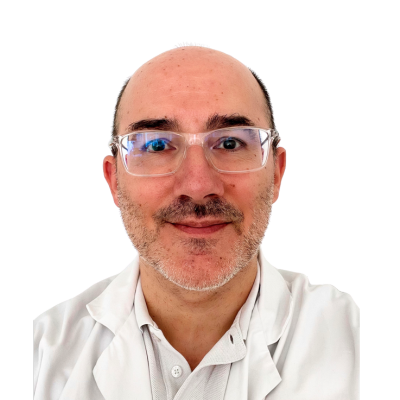

Vexas syndrome
Cedric Lenormand, France
Talk description
Since it was first described at the end of 2020, VEXAS (vacuoles, E1 enzyme, X-linked, autoinflammatory, somatic) syndrome has given rise to intense scientific activity, with almost 500 publications indexed in Pubmed.
This acquired auto-inflammatory syndrome with a polymorphous clinical expression mainly affects men over the age of 50, with varying degrees of severity. Skin manifestations are often the first signs of the disease and dermatologists should therefore be familiar with them. VEXAS syndrome results from acquired somatic mutations in haematopoietic progenitors, conferring both a pro-inflammatory phenotype on immune cells and a propensity for myelodysplastic syndrome. Interesting avenues of treatment are emerging.
Learning objectives :
- To recognise the cutaneous signs and context that should suggest VEXAS syndrome
- To acquire basic knowledge of the management strategy for patients with VEXAS syndrome
- To understand a new nosological concept of which the VEXAS syndrome is a paradigm: « clonal hematopoiesis of clinical significance »
About the speaker
Cédric Lenormand is an Assistant Professor in clinical dermatology at the University of Strasbourg and Strasbourg’s Teaching Hospitals (France). He has an expertise in dermatological aspects of Lyme’s borreliosis and skin manifestations of systemic diseases.
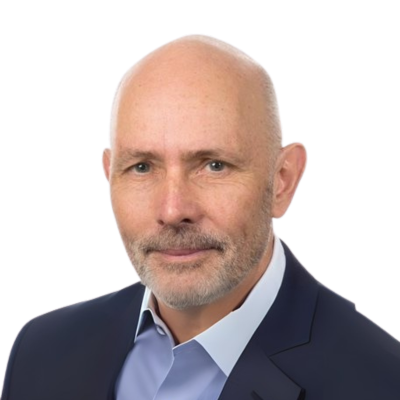

Will we cure chronic inflammatory skin diseases?
Christopher E. M. Griffiths, United Kingdom
Talk description
Although we readily embrace cure as an outcome for the treatment of skin cancer and infection we are passive when it comes to outcomes of inflammatory skin disease such as psoriasis and atopic dermatitis. With the rapid development of biologics and other targeted therapies we should adopt an early intervention, top down “elevator” approach to treatment using biologics or other systemic therapies much earlier in the course of the disease . This approach is more likely to eventuate in long-term remission or perhaps cure than the current, cautious ” staircase” or step up approach to treatment. Rapid access clinics enable such an elevator approach to be adopted and provide teachable moments about lifestyle management. Cell-based therapeutics perhaps offer the best chance of cure and observations from mesenchymal stem cell therapy and haematopoietic stem cell transplant in psoriasis provide hope that this may be the case; the ability of CD19 CAR-T therapy to clear, perhaps cure, treatment-resistant SLE is illustrative that this is a realistic goal. To aim for cure is to be ambitious on behalf of our patients with chronic inflammatory skin disease and it isn’t fanciful to believe this may be possible by 2035.
Three Learning Objectives
To learn about and understand:
- The concept of early intervention for psoriasis
- The importance of rapid access clinics for inflammatory skin disease
- The promise of cell-based therapeutics in the management of autoimmune disease
About the speaker
Professor Chris Griffiths OBE MD FMedSci
Chris Griffiths is Emeritus Professor of Dermatology, University of Manchester, Adjunct Professor, King’s College London and a Consultant Dermatologist, King’s College Hospital. He qualified in medicine from St Thomas’ Hospital Medical School and trained in dermatology in London and Michigan. In 1994, Chris was appointed to the Foundation Chair in Dermatology at the University of Manchester and established the Manchester Dermatopharmacology Unit and the Manchester Psoriasis Service. He has received many awards for his work including OBE “for services to dermatology” in the 2018 Queen’s New Year’s Honours.
Chris is a former President of the European Society for Dermatological Research, European Dermatology Forum, British Association of Dermatologists and International Psoriasis Council, which he co-founded in 2004. He is Editor-in-Chief of Rook’s Textbook of Dermatology and has 825 peer-reviewed publications; H-Index 152. He is the 3rd most cited dermatologist in the world.
Chris has a career-long interest in all aspects of psoriasis and was part of the team that showed the disease is immune-mediated; his current research includes a drive to cure psoriasis using cell-based therapeutics. He is active in global health initiatives including Director of the Global Psoriasis Atlas and Co-founder of the Burma Skincare Initiative charity.
Plenary lectures B
Room: Paris Nord
Date: Thursday, 18 Sep, 12:00 – 13:00 CEST
Chairs


Carmen Maria Salavastru
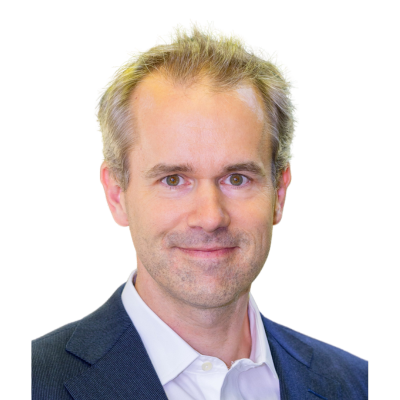

Georg Stary
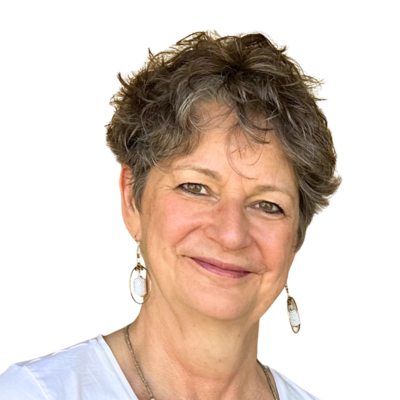

New ways of approaching global skin health
Lucinda Claire Fuller, United Kingdom
Talk description
On 27 May 2025, all member states of the World Health Assembly adopted WHA Resolution 78.15, formally recognising skin diseases as a global public health priority. This landmark decision provides a universal political mandate for dermatology to inform and direct both national and international health policies, ensuring that skin health and the services required to deliver it are embedded within health systems.
With skin health now acknowledged as integral to achieving Universal Health Coverage, the resolution sets out ambitious recommendations that require collective action for implementation. This presentation will outline the key recommendations of the resolution, highlight ongoing and planned initiatives to support systemic improvements, and explore emerging opportunities for global collaboration. It will also discuss the roles and responsibilities we each share in mobilising the transformation required to secure better skin health outcomes for patients worldwide.
Learning objectives
- Understand the opportunities provided in the World Health Assembly Resolution May, 2025: “Skin diseases as a global public health priority”
- Appreciate the avenues of action underway and being planned to deliver improvements
- Recognise our roles and responsibilities in supporting delivery of the recommendations set out in the resolution
About the speaker
Dr Claire Fuller is a consultant dermatologist based in London, UK. She serves as Chair of the International Foundation for Dermatology and is a member of the Executive Committee of the International League of Dermatological Societies.
Her clinical and academic interests include global health and infectious and tropical dermatoses. She chairs the WHO Neglected Tropical Disease Capacity Strengthening Working Group and is co-founder of both GLODERM (The International Alliance for Global Health Dermatology) and the International Alliance for the Control of Scabies (IACS). Through these roles, she has been instrumental in advancing international collaborations to improve skin health worldwide.
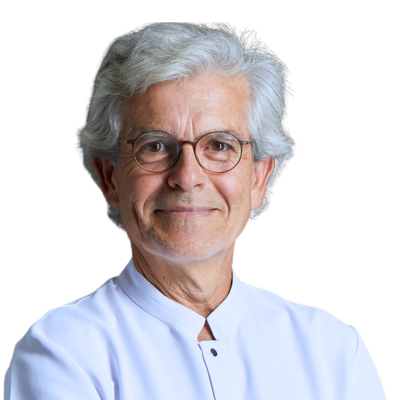

5-alpha reductase inhibitors "Facts and Myths"
Ramon Grimalt, Spain
Talk description
This session will provide a comprehensive, evidence-based overview of 5-alpha reductase inhibitors (5-ARIs), focusing on their role in dermatology and beyond. The talk will clarify the mechanisms of action, approved indications, and safety profiles of agents such as finasteride and dutasteride. Special attention will be given to common misconceptions and controversies, including their effects on prostate health, androgenic alopecia, and potential adverse events. By separating fact from myth, this presentation aims to equip dermatologists with the latest knowledge to optimize patient care, address patient concerns, and ensure safe, effective use of 5-ARIs in clinical practice.
Learning Objectives
- Distinguish the evidence-based indications and mechanisms of action of 5-alpha reductase inhibitors in dermatology, particularly for androgenic alopecia, and recognize their role in other medical conditions.
- Identify and address common myths and misconceptions regarding the safety, side effects, and long-term risks of 5-ARIs, including their relationship with prostate cancer and sexual dysfunction.
- Apply current best practices for patient selection, monitoring, and counselling when prescribing 5-ARIs, including protocols for prostate-specific antigen (PSA) monitoring and strategies to enhance patient adherence and safety.
About the speaker
Ramon Grimalt is an Associate Professor at the Universitat Internacional de Catalunya in Barcelona.
He trained at the University of Barcelona (Spain), the University of Illinois (USA), and the Università degli Studi di Milano (Italy).
He has authored or co-authored 15 books and published more than 100 scientific articles.
His main fields of interest are paediatric dermatology and trichology.
His main passion is teaching.
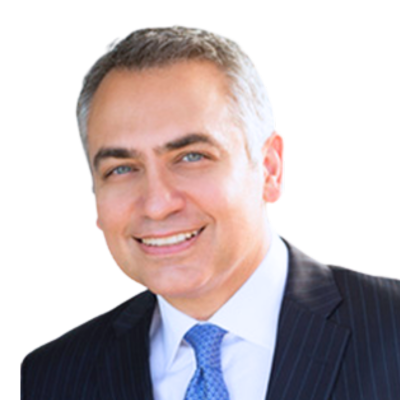

Robotics in dermatology
Martin Kassir, United States
Talk description
As technology continues to advance, robotic platforms offer numerous advantages over traditional techniques.
One of the primary benefits is the ability to increase precision and accuracy while minimizing the the risk of human error. Robotic platforms can also ensure more consistent results, from injectables and lasers to complicated surgeries.
Robotic systems may also help dermatologists overcome limitations associated with manual techniques, such as accessing hard-to-reach areas. Robotic platforms also allow practitioners access to advanced imaging and real time feedback mechanisms which may expand the scope of treatment options. With robotics, certain aspects of treatment may be automated allowing for more efficiency. A very real example is laser rejuvenation which utilizes this technique.
Despite these compelling benefits, robotic-assisted procedures in cosmetic dermatology also have some drawbacks. Initial investment costs, perceived learning curves, concerns regarding patient acceptance, technological malfunctions and the need for ongoing maintenance are some of the challenges with integrating these procedures into clinical practice.
By building an environment that encourages education, training, and collaboration, dermatologists can use robotic-assisted procedures for precision, safety, and efficiency to elevate the standard of care in our field and discover new possibilities for enhancing patient well-being and satisfaction.
Learning objectives:
- What are the benefits of Robotic-Assisted procedures?
- What are examples of Robot-Assisted procedures?
- What are the limitations of Robot-Assisted procedures?
Plenary lectures C
Room: Paris Nord
Date: Saturday, 20 Sep, 12:00 – 13:00 CEST
Chairs
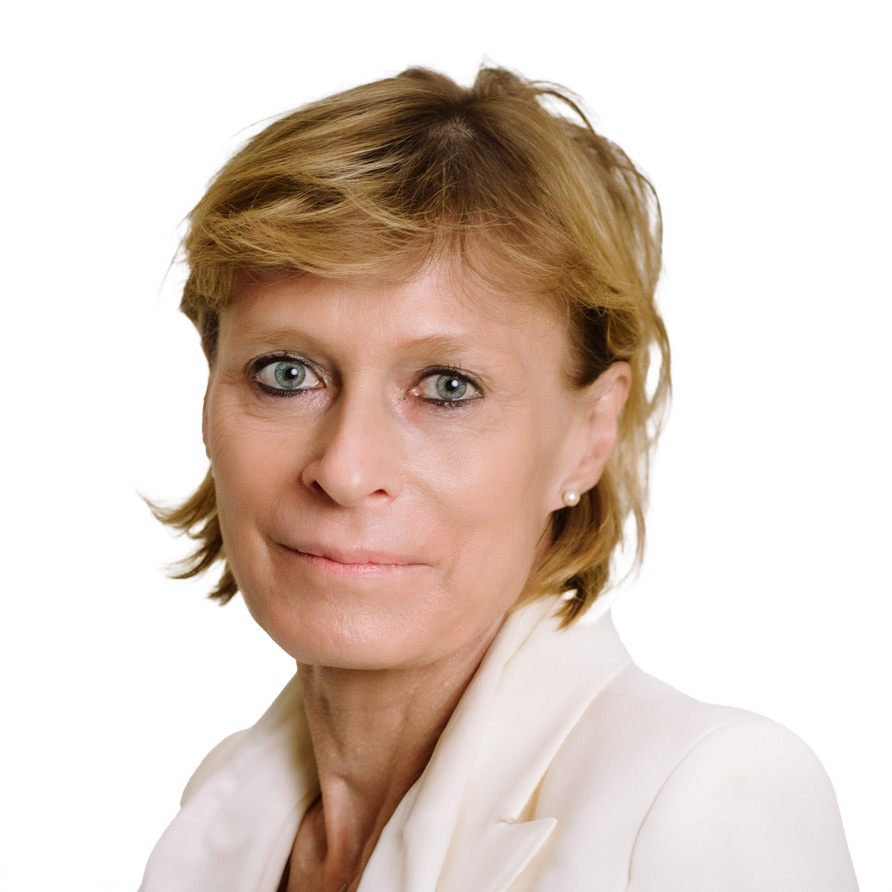

Marie-Aleth Richard
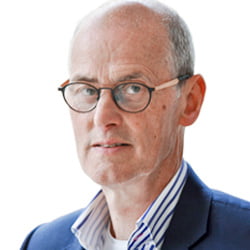

Menno de Rie
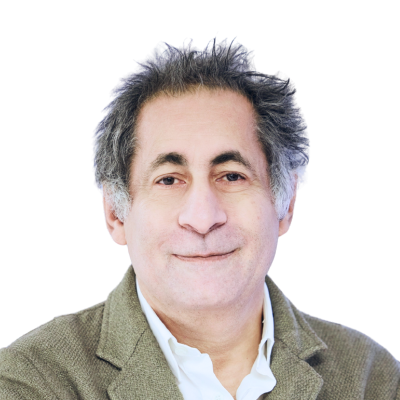

What's new in the treatment of scabies
Olivier Chosidow, France
Talk description
Scabies, a parasitic skin disease caused by the Sarcoptes scabiei var hominis mite, is one of the world’s most common illnesses, affecting 207 million people at a given time, with increasing prevalence/incidence. Because scabies is a massive global health problem worldwide, control is key.
Four topics will be covered:
- MDA (Mass Drug Administration) in Low- and Middle- Income Countries
- Treatment of classic scabies with regards to the results of the « SCRATCH » RCT
- Scabies in children < 15 kg, pregnant and breastfeeding women with the recommendations from the Center of Evidence of the French Society of Dermatology
- Treatment of severe scabies with regards to the results of the « GALE CRUSTED » RCT
Learning objectives
- Endemic scabies: Which scabicide should be used first-line ?
- With regards to the recent data, how to treat classic scabies ?
- Modalities of the combination of oral ivermectin and 5% permethrin to treat severe scabies
About the speaker
Olivier CHOSIDOW is Professor of Dermatology and past chair of the Department of Dermatology, Henri Mondor University Hospital, Creteil, France. Dermatologist since 1987, he obtained his PhD in clinical pharmacology in 1995 and graduated in clinical epidemiology in 1997. Olivier was President of the French Society of Dermatology (FSD) in 2013-2014, is currently an external advisor of the ILDS-WHO committee and a member of the EADV Practical recommendations WG. Olivier received an EADV clinical care award in 2015 and an ILDS certificate of appreciation in 2016. He chairs the Center of Evidence and the Infectious skin diseases and STI WG, and vice-chair the facial dermatosis group, all at the FSD level. As a clinician scientist, he authored around 640 articles, including NEJM, Lancet/Lancet ID, BMJ, …, and delivered around 670 talks at the national, European and international level. He has just been appointed by the French Ministry of Health to chair the National Clinical Research Committee managing so far a budget of 80 million Euros per year.
Since his internship, Olivier has been involved in Skin Infectious Diseases, as Necrotizing Soft-Tissue Infections and ectoparasitosis, including Scabies. Beyond co-edited a scabies book in 2023, authored several scabies reviews in the top medical journals and participated in several guidelines, he chaired 2 key academic randomized clinical trials in classic scabies and severe scabies respectively. Olivier is a founding member of IACS (International Alliance for the Control of Scabies) and belongs indeed to the worldwide expert community in Scabies.
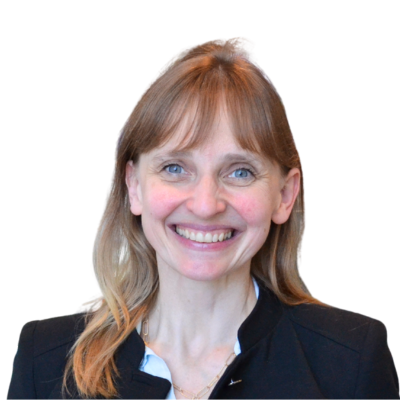

ESDR plenary lecture: Unique insights from mosaic disorders of oncogenes
Veronica Kinsler, United Kingdom
Talk description
Mosaic disorders continue to be a field of rapid change in Dermatology. This talk provides an update on key changes, exploring why different birthmarks look as they do, and the development of novel therapies for birthmark reversal
Learning objectives
- To improve recognition of the clinical phenotype of mosaic disorders
- To update knowledge of the genetic causes of mosaic disorders
- To provide novel insights into these diseases and associated cancers
About the speaker
Veronica Kinsler is Professor of Paediatric Dermatology and Dermatogenetics at Great Ormond Street Hospital for Children and UCL, and Principal Group Leader of the Mosaicism and Precision Medicine laboratory and Assistant Research Director at the Francis Crick Institute in London. She also holds a UK NIHR Research Professorship. She trained in medicine at Cambridge, paediatrics and paediatric dermatology in London, molecular genetics at UCL, and worked part-time for 15 years to look after her family. Clinical work is focused on rare paediatric skin conditions, in particular mosaic and/or pigmentary disorders. Laboratory research is focused on identifying the genetic causes, and design or repurposing of targeted therapies including genetic therapies. In parallel, the lab extrapolates findings to gain valuable insights into common conditions such as melanoma, and into normal human embryology. She is the past President of the ESPD, senior editor of the Harper textbook of Pediatric Dermatology, and director of Paediatric Dermatology Courses.
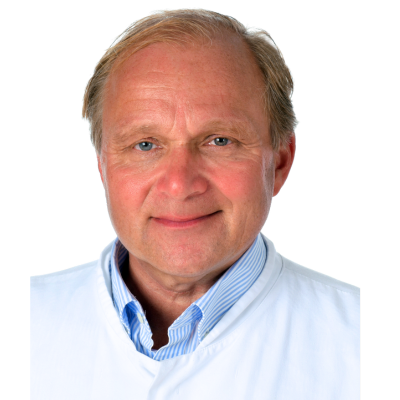

René Touraine Plenary Lecture: The changing landscape of understanding and treating vitiligo
Markus Böhm, Germany
Talk description
For many years regarded as a cosmetic problem, vitiligo is now emerging as a potentially systemic inflammatory disease with the first approved treatment recently and more therapies to come. In this talk, the latest concepts in our current pathogenetic understanding of non-segmental vitiligo (NSV), the most common vitiligo subtype, are outlined (CD8+ cell mediated autoimmunity, generation of disease-specific resident memory cells as well as newly detected molecular signatures in apparently normal skin). Emphasis is also on how to make the diagnosis and assess the disease in a state-of-art manner being essential for shared decision making and optimal therapeutic management. This also includes knowledge of associated diseases and the impact of vitiligo on quality of life. The currently recommended main therapeutic avenues are highlighted and the latest developments in systemic intervention of NSV including oral JAK inhibitors, anti-IL-15 therapy, and melanocortin peptides, alone or combination with other treatments.
Learning objectives
- To understand the current pathogenetic concepts of vitiligo.
- To properly classify and assess vitiligo as a potentially systemic inflammatory disease that can impact on the whole patient.
- To better treat patients with vitiligo in a holistic manner and become aware of the latest developments in potential future therapies.
About the speaker
Markus Böhm is head of the Outpatients Clinic in the Dept. of Dermatology at the University of Münster, Germany. He received his medical, dermatologic and research training at the University of Mainz, Germany, Free University of Berlin, Germany, and Yale University School of Medicine, USA. He later became Associate Professor at the University of Münster, Germany. Being a devoted physician-scientist, he is a genuine clinician with knowledge in almost the whole field of dermatology but with a special interest in pigment disorders, especially vitiligo, hair and inflammatory skin diseases. His basic research focusses on dermatoendocrinology and interdisciplinary neuroendocrinology including melanocortin peptides. Markus Böhm has more than 200 scientific publications, many in prestigious journals, and more than 30 published book articles.
